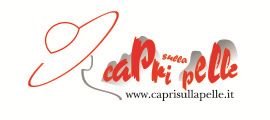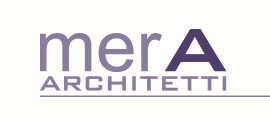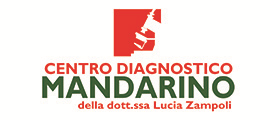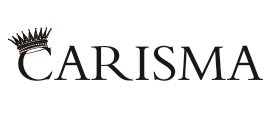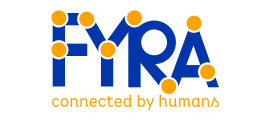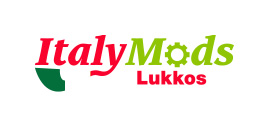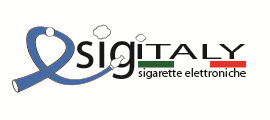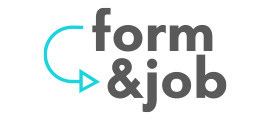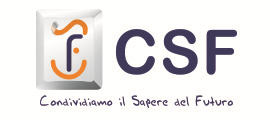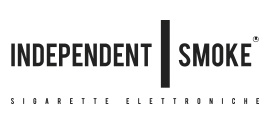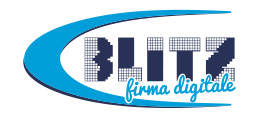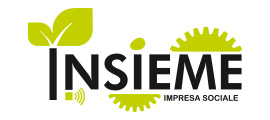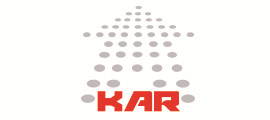Bleed
Glossaries
| Term | Definition |
|---|---|
| Bleed | The Bleed (or Abundance or trim margin in Italian) is a fundamental technical term in printing and prepress. It denotes the portion of a graphic element (such as a background image, a photo, or a solid colour) that extends beyond the final trim line (the trim) of the page. It is not a visible area in the finished product but a technical margin that is cut off. What is it for / Why is it importantIt is used to compensate for the inevitable micro-inaccuracies of cutting machines (guillotines or dies). If a graphic element were laid out to end exactly on the edge of the page ("full bleed" printing), any minimal shift of the sheet or the blade during cutting would create an unsightly white strip (sfilo) on the edge. The bleed ensures that, even if the cut is not perfect to the tenth of a millimetre, the colour or image still covers the entire surface, guaranteeing a clean result. When is it used / In what context is it usefulBleed is a mandatory requirement for any print project intended to have graphic elements that extend right up to the physical edge of the page. It is essential for:
It is set up in the layout software (e.g., Adobe InDesign, Illustrator) before generating the final print-ready PDF. Practical ExampleYou want to create a standard business card (85x55 mm) with a completely black background.
Extra InsightThe standard bleed required by most European printers is 3 mm per side. In the United States, 1/8 of an inch (about 3.175 mm) is more common. It is crucial not to confuse the bleed with the safe area (safe area or margin):
|

 IT
IT  EN
EN 








